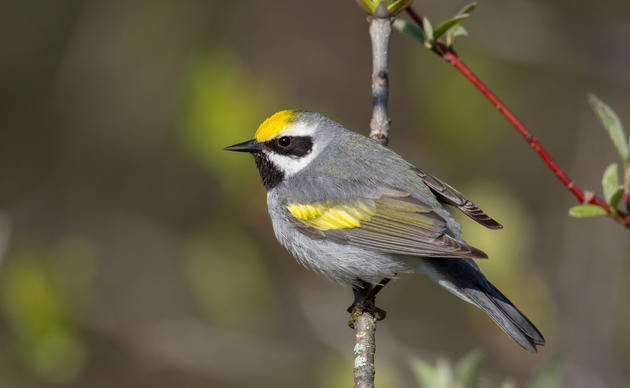Illinois Coastal Stopover Tool
EXPLORE the Illinois Coastal Stopover Tool
Spring and fall migration are both critical and highly vulnerable periods of life for hundreds of North American bird species. Globally, migratory birds are more likely to decline in population than non-migratory species, and migration itself can be disproportionately more deadly than the rest of a bird’s life cycle. Migratory birds are considered more vulnerable in part, because they require multiple habitats throughout the year for nesting, migratory stopover, and wintering grounds. With multiple habitats being used, sometimes over great distances, there is a much higher chance of loss and/or degradation than if they were to stay in one location.
Migratory stopover sites are locations where birds pause along their migratory journeys to rest and refuel before resuming their flights and are increasingly important for migratory bird conservation. For these reasons, better understanding of migratory stopover use and proper management is a high priority for bird conservation. To prioritize stopover habitats effectively, management will need to adaptively prepare for, respond to, or help mitigate the numerous threats facing migratory landbirds, where possible.
This project is funded by the IL DNR Coastal Program and NOAA.
Ways You Can Help
Join A Chapter
Audubon chapters create a culture of conservation in local communities through education and advocacy, focusing on the conservation of birds and conservation of important habitats.
Donate to Audubon
Help secure the future for birds at risk from climate change, habitat loss and other threats. Your support will power our science, education, advocacy and on-the-ground conservation efforts.






